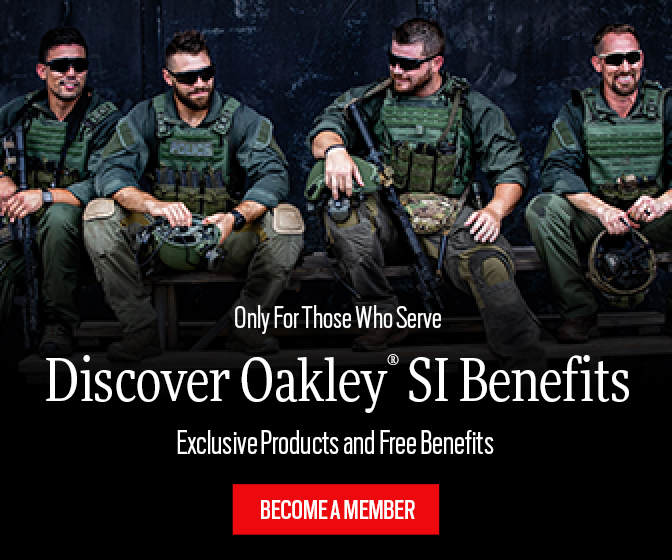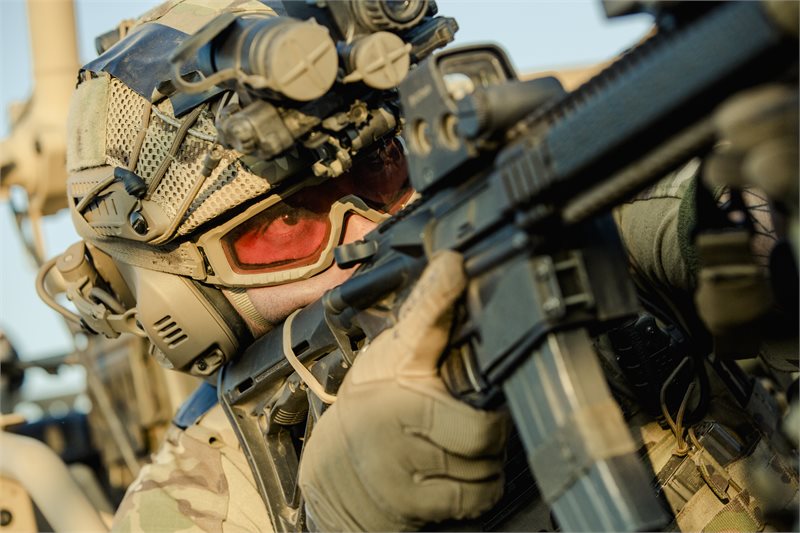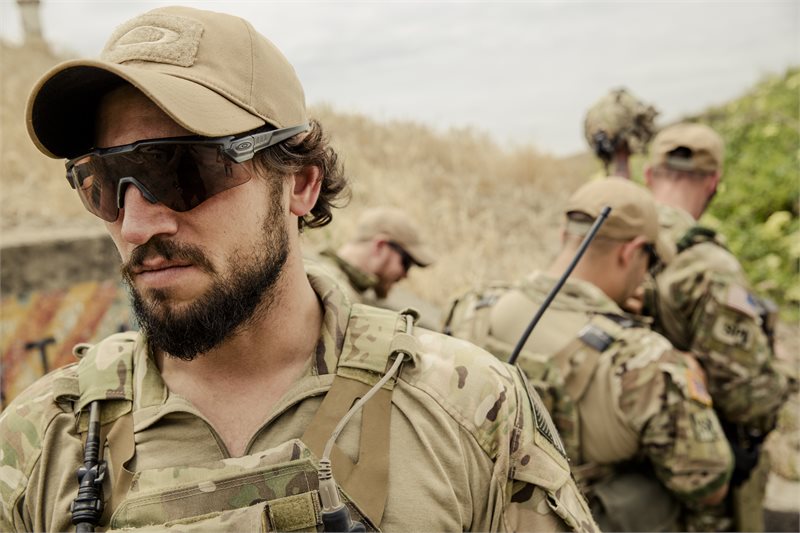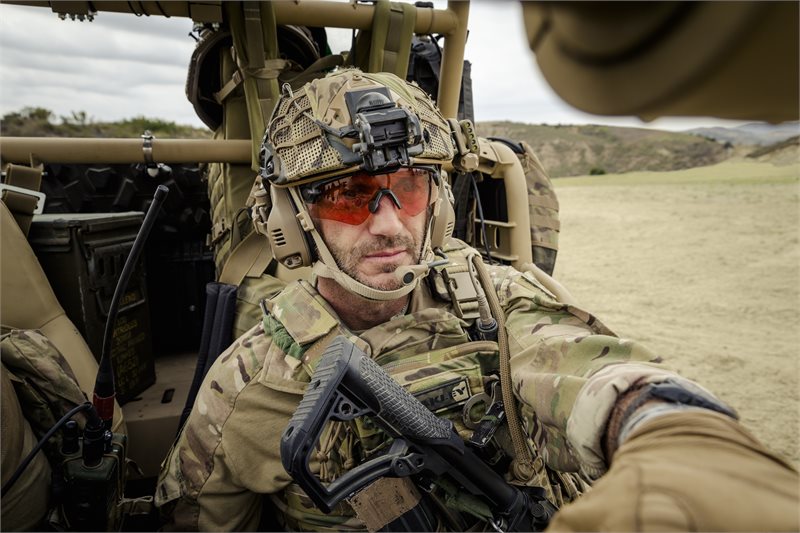How do you empower the brave in a world of uncertainty? This pivotal question ignited our development of the Oakley SI Ballistic M Frame Alpha Eco-System, commonly referred to as ‘Alpha.’
The creation of a product, for any industry, must begin with a well-crafted problem statement. For our Military end-users, specifically Special Operations Forces (SOF), the operational issues were clear. Mission profiles could change at a moment’s notice, visibility was paramount, and excess gear was a luxury they could not afford. To unearth these problems, and understand their considerations when choosing gear, we listened and observed. How were they using their current kit? What are the complaints experienced with the equipment, as it applies to operational performance? We weren’t asking them for a solution, we were asking them to help define the problem.
The Problem Statements
First, the demands of our soldiers, sailors, airmen, and marines have increased since the beginning of the Global War on Terrorism (GWOT). Methods of INFIL can vary at a moment’s notice. Part of the SOF pedigree is an ability to arrive at a target in a variety of ways such as foot, vehicle, rotary wing, free-fall, and water. The execution of which often requires very specialized equipment.
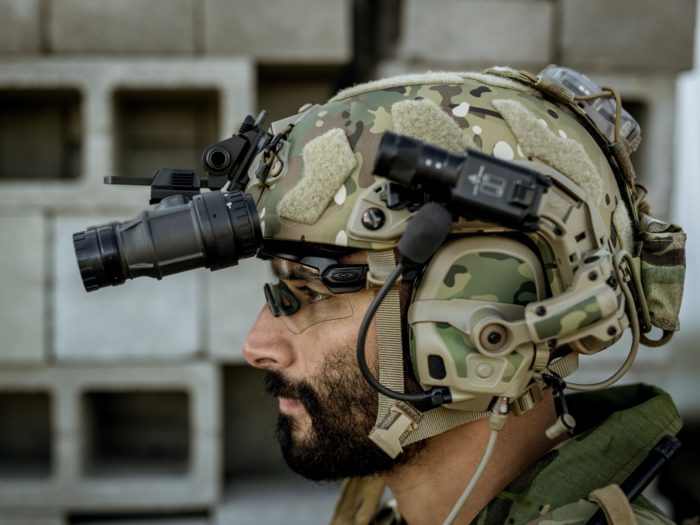
Second, while eyewear is meant to protect the eyes it is rendered useless, and a hinderance, if it obstructs vision. Fog is enemy number one. Hands down, fog is the biggest reason we remove eyewear. With a high operational tempo during night, an operator’s body temperature remains warm while the night air becomes cool, exacerbating the fogging issue.
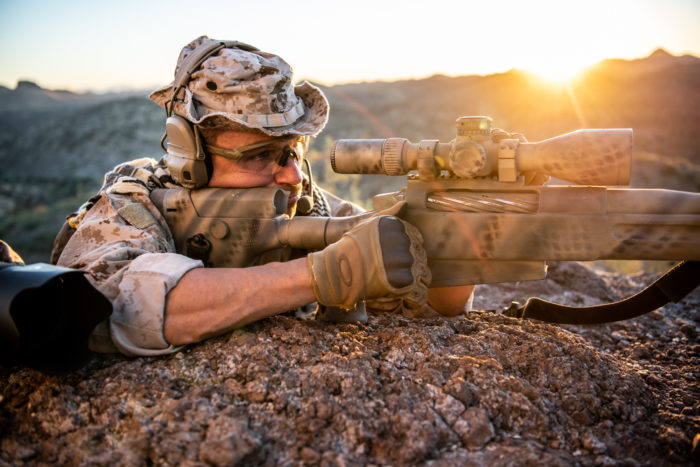

Third, excess gear is a luxury they cannot afford. The adage “ounces equal pounds, and pounds equal pain,” is forever embedded into any soldier who has strapped on a rucksack for a foot march. For every member of SOF, every piece of equipment and weight is under scrutiny. The balance between lethality and protection is a fine line. To carry more specialized equipment for any possible scenario can put the operator at risk.
The problems described led us to two big revelations: we needed to explore modularity, and we needed to solve fogging without adding weight.
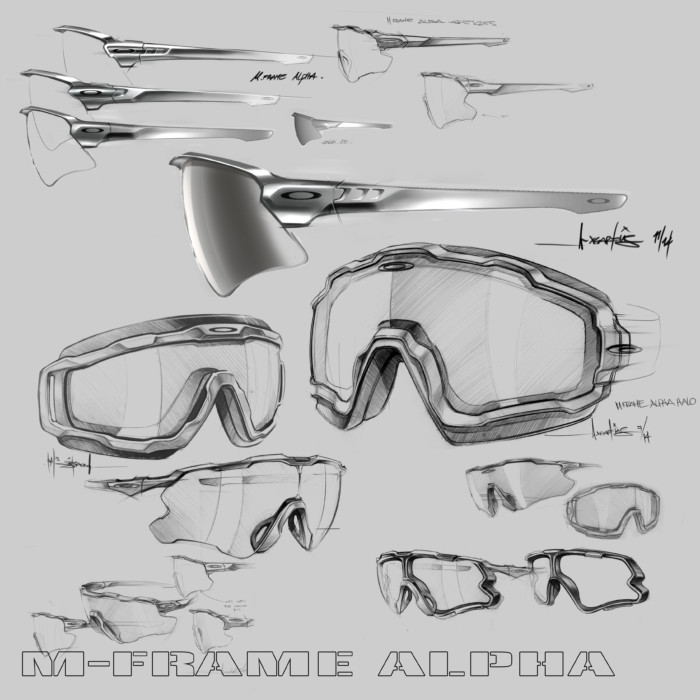

Modularity
Modularity is a fantastic concept, made notably famous by the Swiss Army Knife. If you don’t want to carry a screwdriver, wrench, plyers, and a toothpick separately then just carry a multi-tool. The Swiss Army Knife has evolved, and improved by the likes of Leatherman and Gerber, but the concept remains the same today. The idea affords the user solutions for a variety of scenarios. The downside: more tools contained, the less efficient each tool. The number of applications is inversely linear to efficiency.
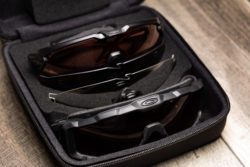

Fortunately, ballistic eyewear platform options ring small. There are only so many mechanical methods to place polycarbonate over the eyes for protection. Spectacles, goggles, and shields are the most common. The Oakley SI Ballistic M Frame, the M Frame Helo-kit, and a Goggle are all forms of eyewear commonly used. Conducting a Fast Rope Insertion, operators would use a frame and helo-kit. Conducting Military Free Fall (MFF) they would use a goggle, then transition to a frame once on the ground. On a foot patrol or Close Quarters Battle (CBQ), they used the M Frame. Every mission was different and required a different configuration.
We looked at ways to not compromise each individual platform so all could work in tandem. The fulcrum for each platform was the lens. We needed to use a lens shape across each platform with no sacrifice of field of view and comfort. The eco-system relies on lens interchangeability. In the process of elimination, and testing with end-users, a lens shape is finalized. We knew that we could then optimize a frame, a goggle, and a rubber gasket to wrap around the lens.
Fog Reduction
The eyewear spectacle, the frame, is the product we wear 90% of the time. Goggles and rubber gaskets we use for high wind or dust environments. We use these products are typically on Infil or in a duty position constantly exposed to the elements. We know the frame needs to be optimized for comfort but most importantly for fog reduction. Using a powered fogging solution such as a heated lens, or an electric fan introduced too many issues. While it may have completely solved the fogging issue it added weight and disrupted comfort with an odd form factor.
Instead, applying the principles of thermodynamics, channels and vents are cut into the frame to allowing air to move freely and not become trapped against the user’s face. The frame is also lifted slightly away from the users face for minimal standoff, but enough for circulation of air. These mechanical solutions, coupled with a re-chargeable anti-fog coating, provided the most diffusion of fog without applying power.
Alpha became an eco-system; the lens of Alpha is compatible with both the frame and the goggle, and the Helo-kit works with the frame. This solution allows users to carry a complete kit configurable for the mission. Different replacement lenses are no longer needed. Lenses are interchangeable across each platform, simplifying our warriors packing list.
The origin of Alpha began with the help of end users communicating their needs. We just listened. Applying technology and ideation was our job. Feedback was theirs. The rest is history.

